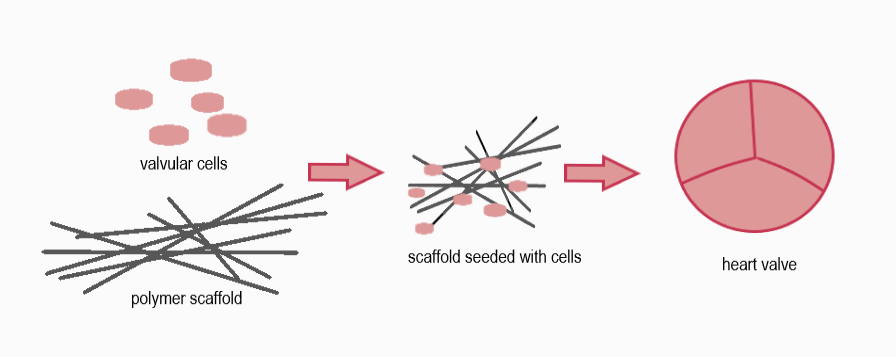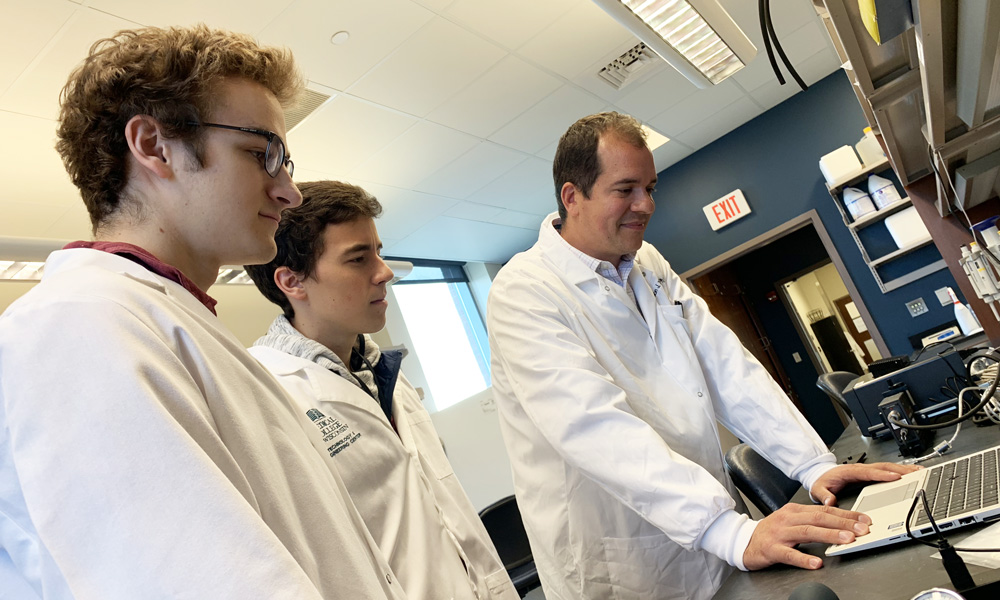Establishing Factors Controlling Heart Valve Development for Improved Heart Valve Tissue Engineering
About 2.5% of the US population has valvular heart disease, treatment of which often requires replacement of the heart valve with a mechanical or bioprosthetic valve. Neither option is ideal, as mechanical heart valves require lifelong anticoagulation therapy and bioprosthetic valves lack durability. These prosthetic heart valves also fail to parallel structure-function relationships of native heart valves. The clinical need for another treatment option is especially great for pediatric patients who require a replacement heart valve that is able to grow with them. For this reason, the development of a tissue engineered heart valve able to integrate with and respond to its environment would have a big clinical impact. To create such a valve, it is necessary to further existing knowledge about the development of healthy and diseased heart valves.
To address this need, researchers at the Cardiovascular Regenerative Engineering Laboratory are working to determine the role of strain conditions and valvular cell health in the development of heart valves. Healthy and diseased valve cells will be seeded onto biocompatible polymer scaffolds and subjected to various cyclic strain conditions, following which, valve structure and mechanical properties will be examined. RNA sequencing will be employed to identify pathways that result in most favorable tissue formation with the goal of using this knowledge to engineer optimal valvular tissue in the future.

Fig: Schematic diagram showing the core tissue engineering approach for creating a living heart valve replacement.
Project Lead
 Aleks Zielonka
Aleks Zielonka
Contact Aleks
View more CaRE Research



